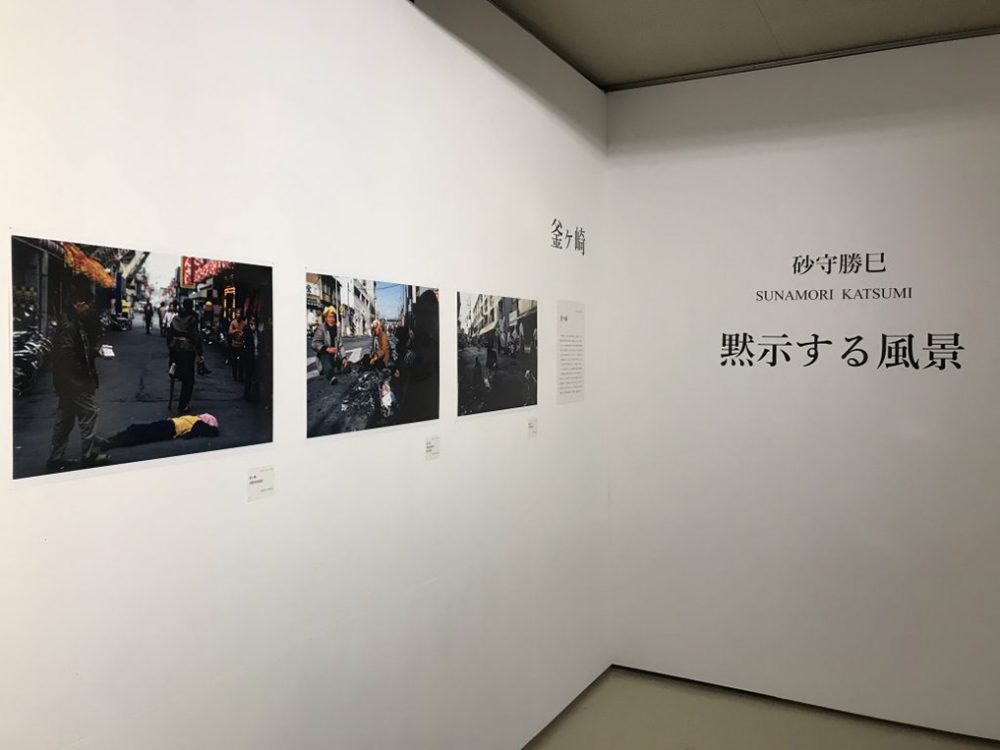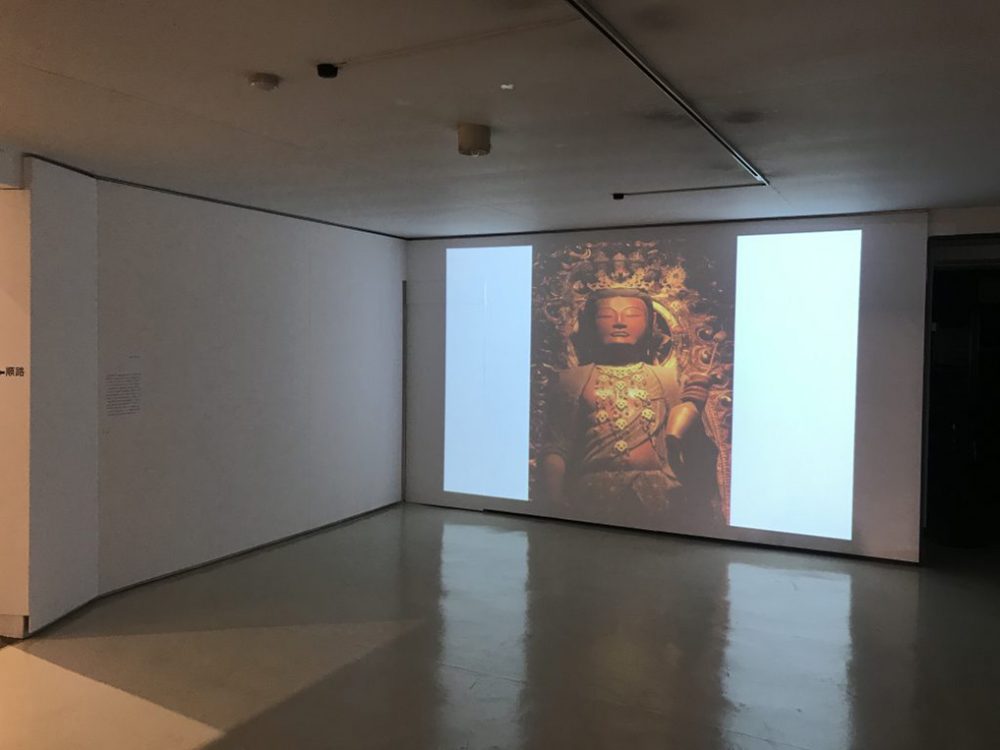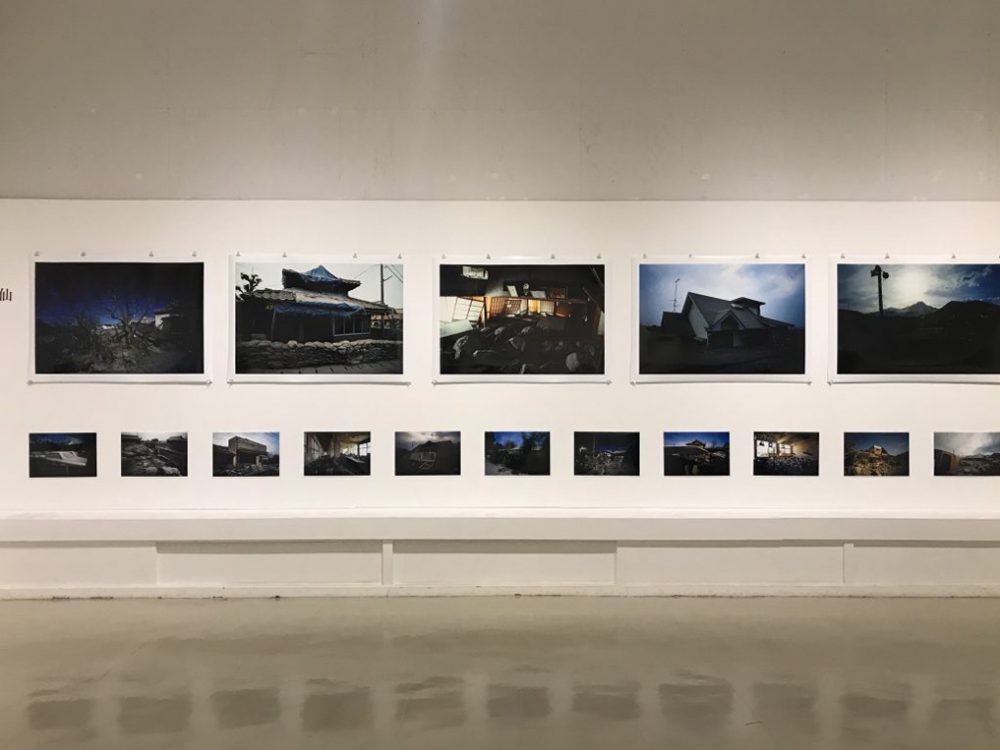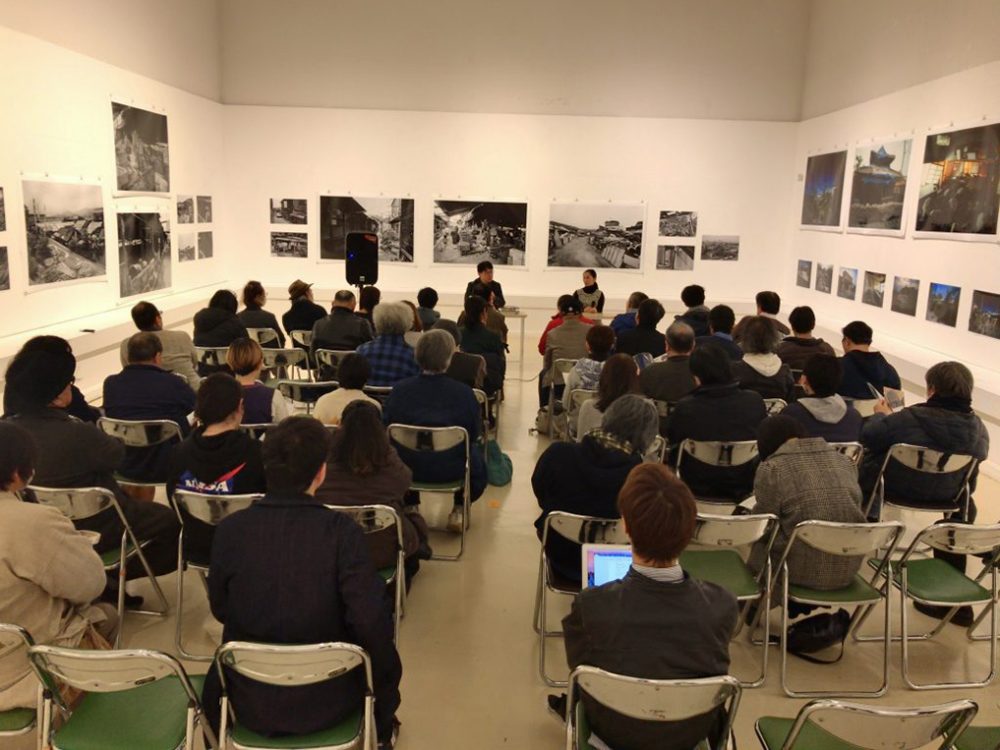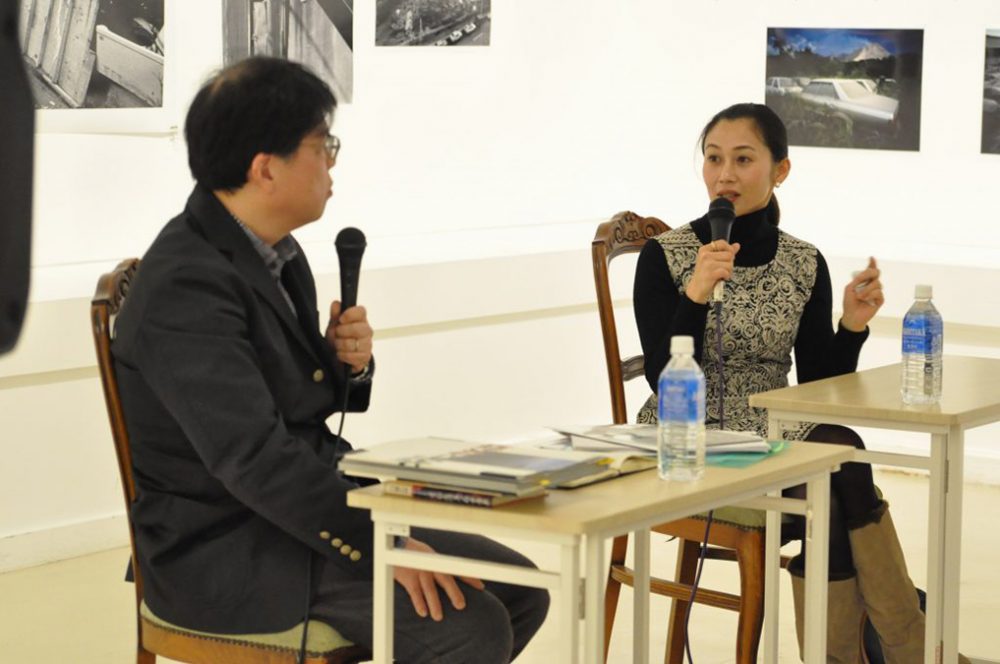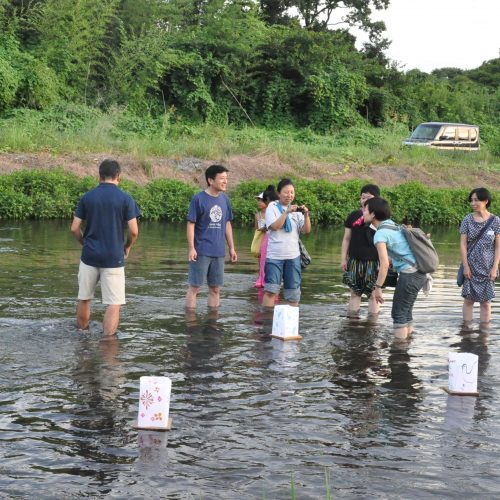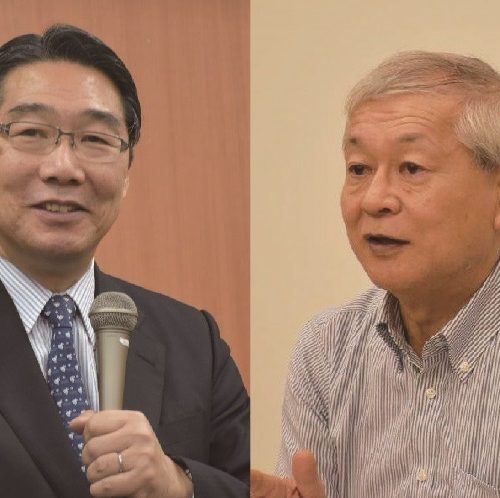ExhibitionFinished
Date : Feb. 22 - Aug. 30, 2020 *The exhibition has been extended.
Katsumi Sunamori – Implications of the Scenery
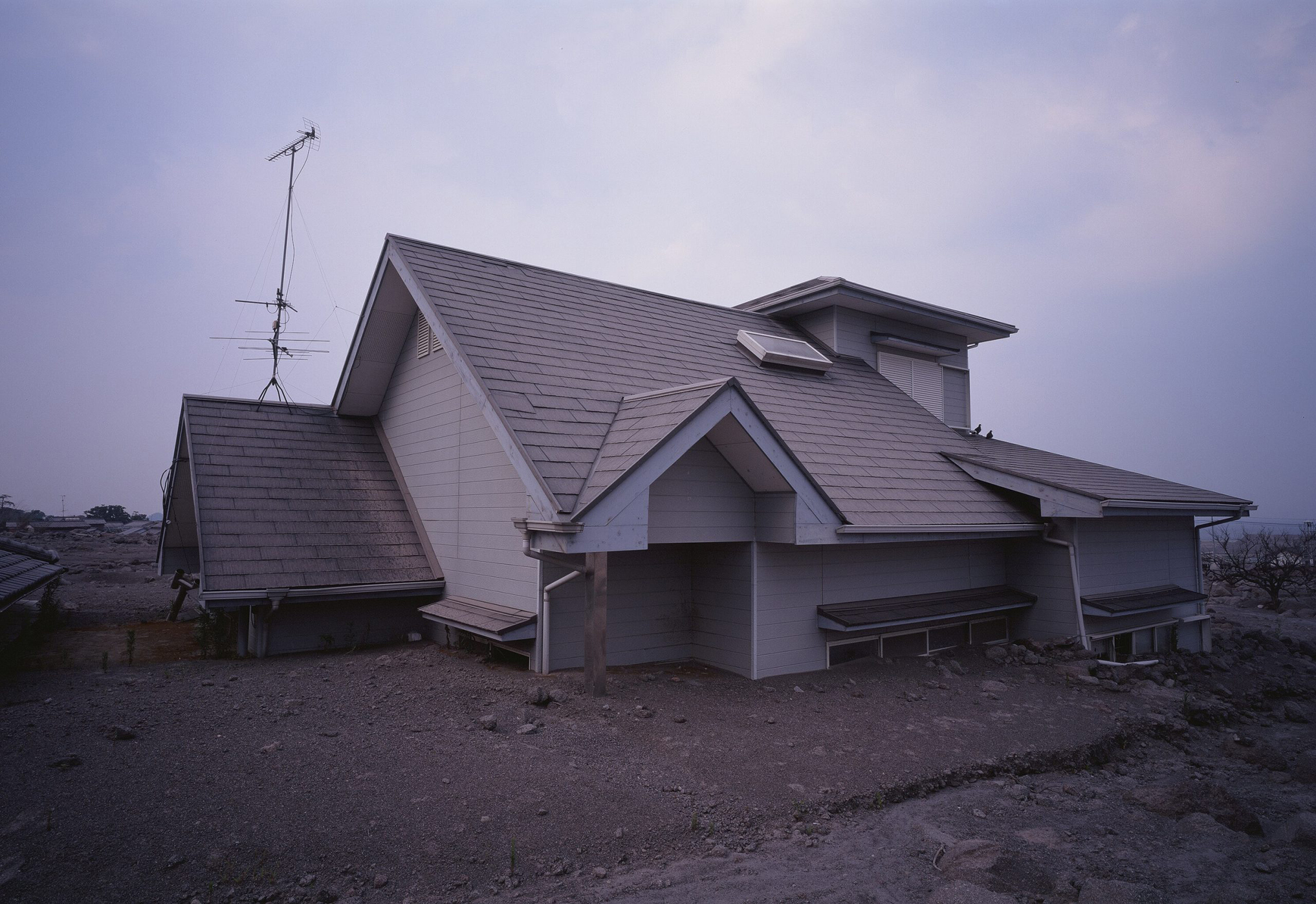
Organized by Maruki Gallery for the Hiroshima Panels
Curated by Noi Sawaragi and supported by Katsumi Sunamori Photography Office
Katsumi Sunamori (b. 1951-2009, Okinawa) was a Japanese photographer. He was raised in Amami Oshima and moved to Osaka at the age of 15. He first pursued boxing as his professional career but decided to study at the Osaka School of Photography (now Visual Arts College Osaka) in 1974. He graduated from college a year later and started his career as a photographer. While mainly working for weekly photography magazines, he was also realizing his own projects, such as revisiting his relationship with his estranged Filipino father, who used to work for the U.S. military base in Okinawa. In 1996, he won the 15th Domon Ken Award and the 46th Newcomer’s Prize for the Photographic Society of Japan Awards for his photobook, Tadayou shima tomaru mizu (published by Creo, 1995).
This exhibition is curated by art critic, Noi Sawaragi. Invited as a guest curator for this exhibition, Sawaragi spoke of Katsumi Sunamori being under-appreciated during his lifetime and noted his works hinting traces of separation. This is his first major solo exhibition, showing around 100 of his works, including unpublished photographs. This exhibition provides the first-ever opportunity to explore an overview of his career and highlights the importance of his practice, coinciding with the 10th anniversary of his passing.
Implications of the Scenery
It may be the first time for many to hear the name Katsumi Sunamori. It is not a surprise if you have not heard of his name before, I was once unfamiliar with him too. Sunamori, who died in 2009 at the age of 57, had barely published any photobooks during his lifetime. The only photobook he made was Tadayou shima tomaru mizu, which won the 15th Domon Ken Award. However, one of his series Mokushi no machi, which was the work that allowed me to recognize his talents, has yet to be published as a photobook. In this series, Sunamori captured images of victims from the early 1990s disaster of a large-scale eruption of Fugen peak at Mount Unzen in Shimabara, Nagasaki. Till today, I still unconsciously tremble at the thought of this series. It is rather foretelling of the Heisei Era, which was beset with numerous disasters, beginning with the Great Hanshin and Awaji Earthquake in 1995.
There were some reasons why Sunamori was not highly regarded during his lifetime. Firstly, he led a dramatic life, and that inextricably affected his narrative as a photographer. Born in Okinawa, his father was a Filipino employee of the U.S. military in Okinawa and his mother was from Amami Oshima. He was separated from his father at a young age, and thereafter pursued boxing professionally while using his father’s name as his ring name, with hopes of reuniting with him. However, he gave up his boxing profession right before the West Japan Rookie of the Year Finals and became a photographer in Osaka instead, where he frequently took photographs of the harsh reality in Kamagasaki. Hearing this part of his story, you could understand how dramatic his life was. Subsequently, Sunamori became a “cameraman” and mostly worked for weekly photography magazines, which was a dominant player in the media industry. He took numerous photographs that were representative of sensationalized journalism of that time. However, this was not indicative of his artistic career as a photographer. For instance, even his representative work Kama Tida: Osaka Nishinari, was not a photobook as it was mainly a compilation of his writings.
The context of separation and catastrophe in Sunamori’s photographs were often not understood. His project on the Fugen peak at Mount Unzen is seemingly unrelated to his other work on Kamagasaki. However, Sunamori was likely motivated to document the reality seen in Mount Unzen and Kamagasaki as he felt that the deprived in both situations lived similarly to those who are in exile. His project on the Shimabara peninsula, a historically known area of persecution of Christians, must have been documented due to its historical background and his affiliation to the site as a Christian. Furthermore, Sunamori also photographed the lives of those who had to migrate after the atomic bombing in Hiroshima.
This exhibition highlights the key elements underlying Sunamori’s practice, such as disasters, depravity, and discrimination. This has certainly been reflected in Sunamori’s lifetime and “implicitly” revealed in his photographs. This exhibition showcases Sunamori’s practice as a photographer and hopes to shed light on the relevance of his photographs with regard to the unprecedented time ahead.
Noi Sawaragi, Art critic
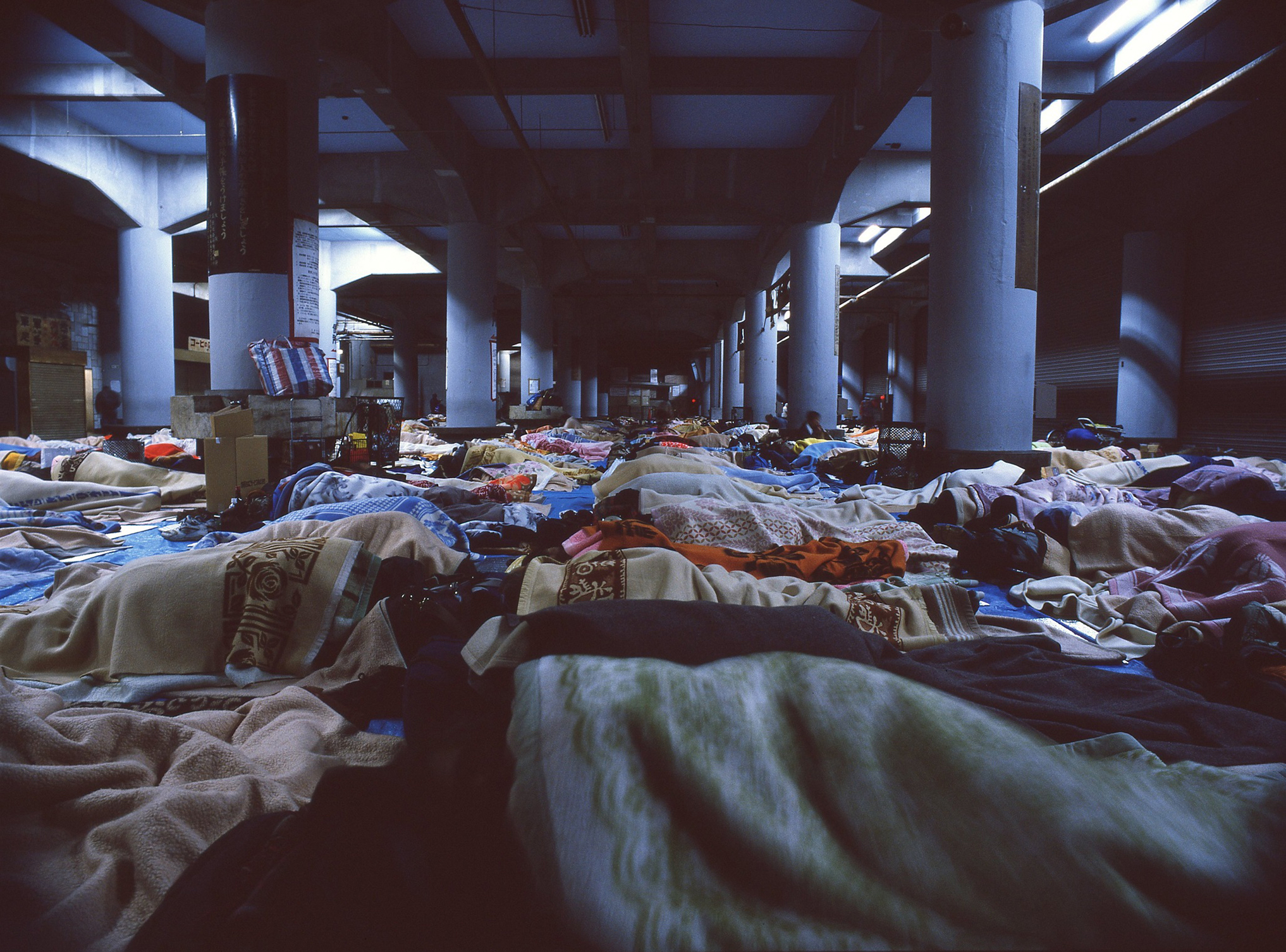
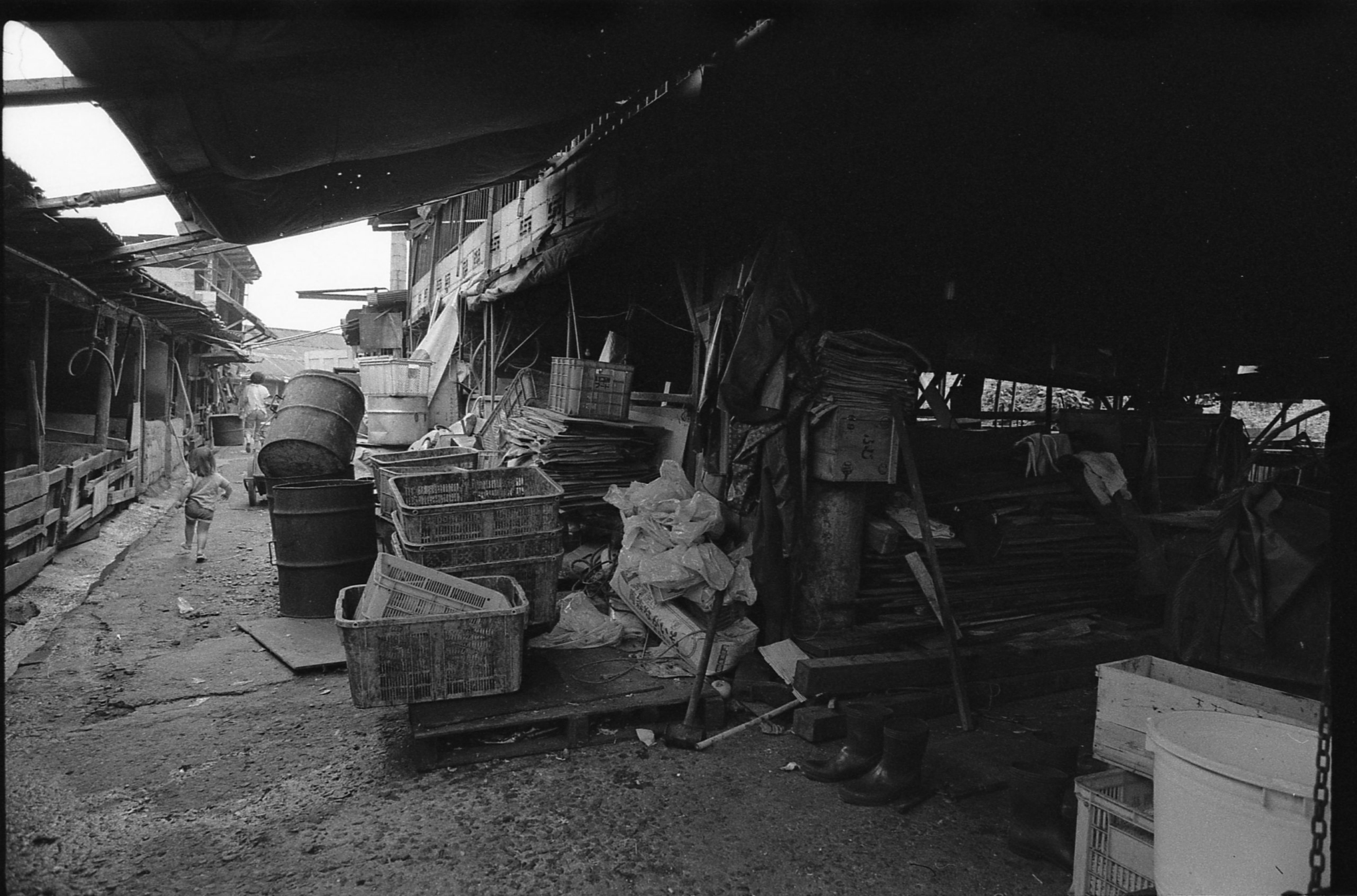
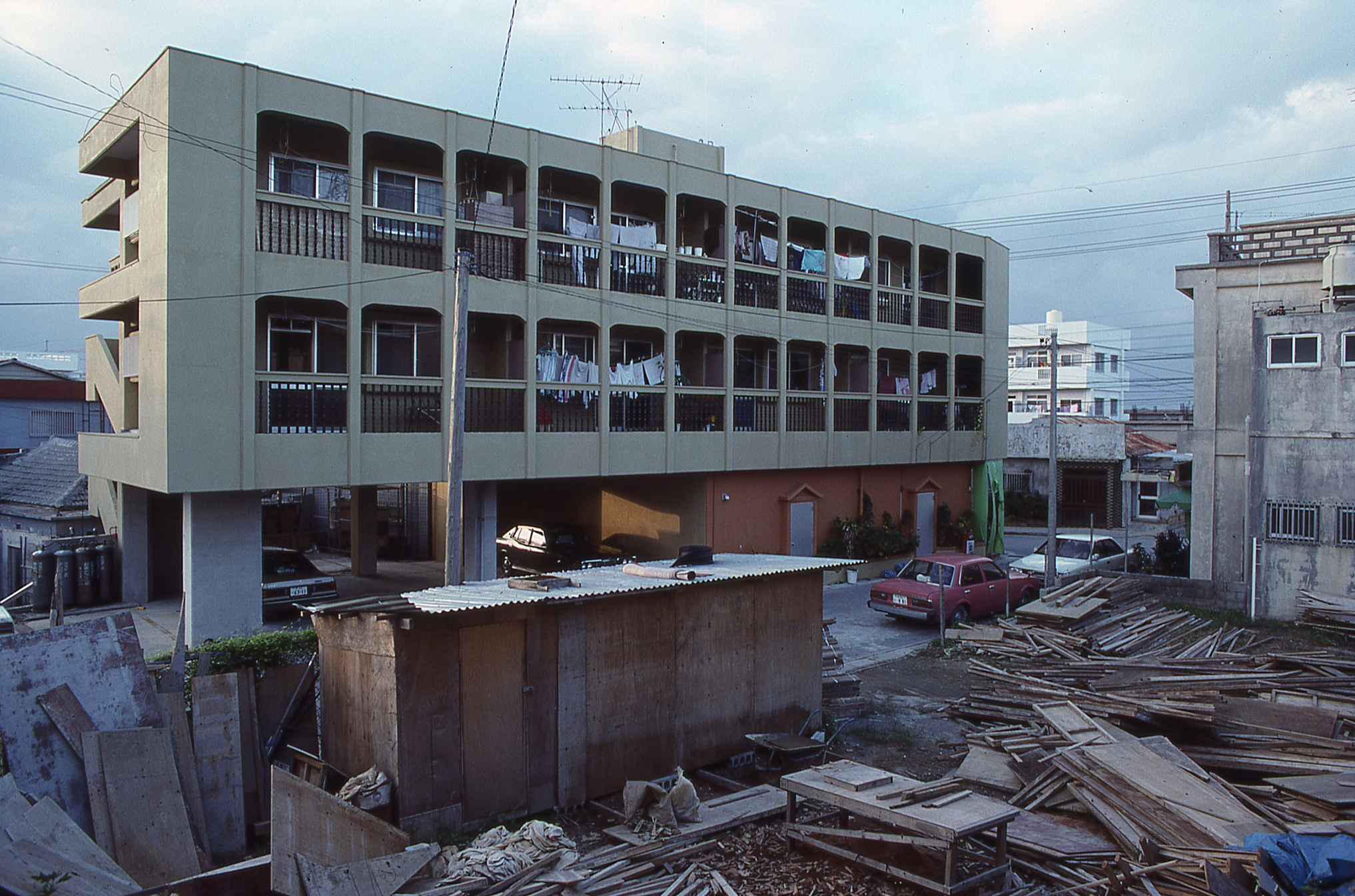
Katsumi Sunamori
Born in 1951 in Okinawa, Japan. Sunamori was raised in Amami Oshima and moved to Osaka at the age of 15. After retiring as a professional boxer (Kanbayashi Boxing Club), he became a photographer. He graduated from the Osaka School of Photography (now Visual Arts College Osaka) in March 1974. He won the Encouragement Prize for the Monthly Playboy Document File Awards for his photobook, Osaka Ruten, as well as the 15th Domon Ken Award and the 46th Newcomer’s Prize for the Photographic Society of Japan Awards for his photobook, Tadayou shima tomaru mizu. Sunamori died from stomach cancer in June 2009 at the age of 57. His publications include Kama Tida: Osaka Nishinari (IPC, 1989), Okinawan Shout (Chikumashobo, 1992, republished by Kodanshabunko in 2000, with a new title Okinawa Shout), Tadayou shima tomaru mizu (Creo, 1995), Okinawa Kibun (Futabasha, 1998, republished by Sony Magazine in 2006, with a new title Okinawa Stories).
ART iT Noi Sawaragi Notes on Art and Current Events 89: Katsumi Sunamori – Implications of the Scenery (1)
ART iT Noi Sawaragi Notes on Art and Current Events 90: Katsumi Sunamori – Implications of the Scenery (2)
ART iT Noi Sawaragi Notes on Art and Current Events 91: Katsumi Sunamori – Implications of the Scenery (3)
artscape Japan Alan Gleason Photo-Realism: Katsumi Sunamori at the Maruki Gallery
An essay written by Kazura Sunamori, “Be alert and always keep on praying for all people.”
Exhibition-related event
Curator’s talk
Date and Time: Saturday, February 22nd, 2020, 14:00-
Venue: Exhibition Room at Maruki Gallery for the Hiroshima Panels
Speakers: Noi Sawaragi (Art Critic), Kazura Sunamori (Model, Essayist)
Admission: Free, no booking is required (With the exception of museum’s entry fees)
*This event is only available in Japanese

